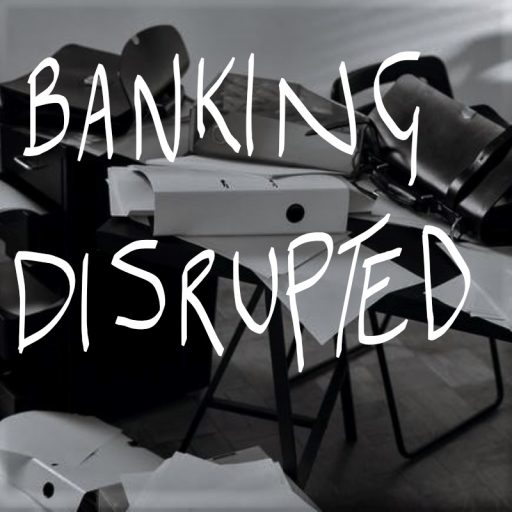Simon Sinek looks at the ways in which organisations drive innovate, and why some succeed, and others fail. The key philosophy of the book is that no individual will buy into an idea, or change, unless they comprehend the “why”. As organisations navigate the journey to becoming more purpose-led, against a backdrop of needing to generate economic value, the understanding the “why” to drive success is firmly back on the table. Thinking why, how and what.
Apple’s Why
“Everything we do, we believe in challenging the status quo. We believe in thinking differently. The way we challenge the status quo is by making our products beautifully designed, simple to use and user-friendly. And we happen to make great computers. Wanna buy one?”
Big Messages:
- Get clear on your WHY…why do you want to launch this product, why do you want to launch this service. This is the first stage of creating a sustainable belief and value in what you do. The why matters more than the what, there should be no manipulation of consumers e.g., we are the cheapest, 9 out of 10 dentists use this
- The discipline of HOW. This is bringing the why of your purpose to life. This represents the whole governance of your organisation together with your culture to get something done
- Consistency of WHAT. This is about living out of your values all the time, not some of the time, all the time. This is one of the key ingredients to being credible, trustworthy and being perceived to be authentic
- Innovations are embraced and scale when championed by true believers. So how does innovation become adopted by a whole population. This can be described by the Law of Diffusion, where the overall population can be divided into 5 segments: Innovators (2.5%), Early Adopters (13.5%), Early Majority (34%), Late Majority (34%) and Laggards (16%). Hence mass marketing does not help to drive the take-up of innovation, as most people will not try something until it has been recommended to them
- Any company that loses sight of its why will eventually hit troubled waters. Wal-Marts initial why, i.e., giving back to employees and supporting the communities it operated in, did not survive in the company after the loss of its founder Sam Walton. The societal values were replaced by pile-it-high and sell it cheap. Despite its commercial success the culture suffered under this new philosophy, and multiple employee rights violation class-action lawsuits piled up – costing millions of dollars. This damage to the brand meant that towns did not welcome the arrival of Wal-Mart…not a great position for any business to be in at any time
- If you lose sight of the why, i.e., the purpose behind doing what you do, even great financial success can feel like failure. Success achieved without purpose can feel hollow, which is never satisfactory or sustaining
- Companies that start of with why succeed more often than those start with what. Also, if you start with a why, then others will follow. That “why” needs to be kept alive year after year. This results in sustainable success over the long term. This is what differentiates great companies from mere good ones. Financial success normally follows as well thought out WHY, but never with a well thought through WHAT without a WHY
Why read this book?
If you are in the business of change, and are looking to drive meaning in what you do. A great way of re-energising through getting back to basics…learning to understand the purpose and meaning behind driving the programmes that are being delivered across any organisation.




